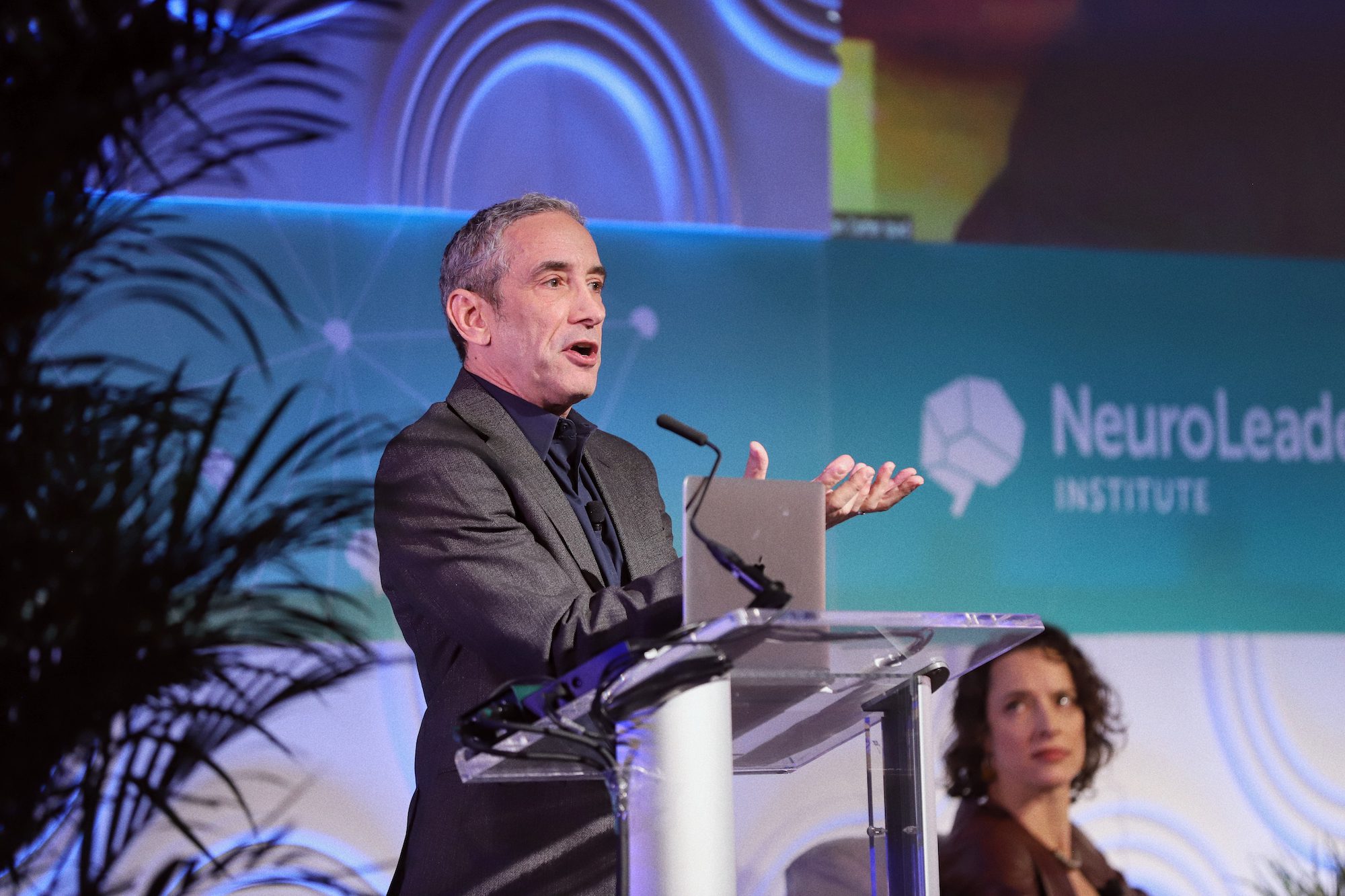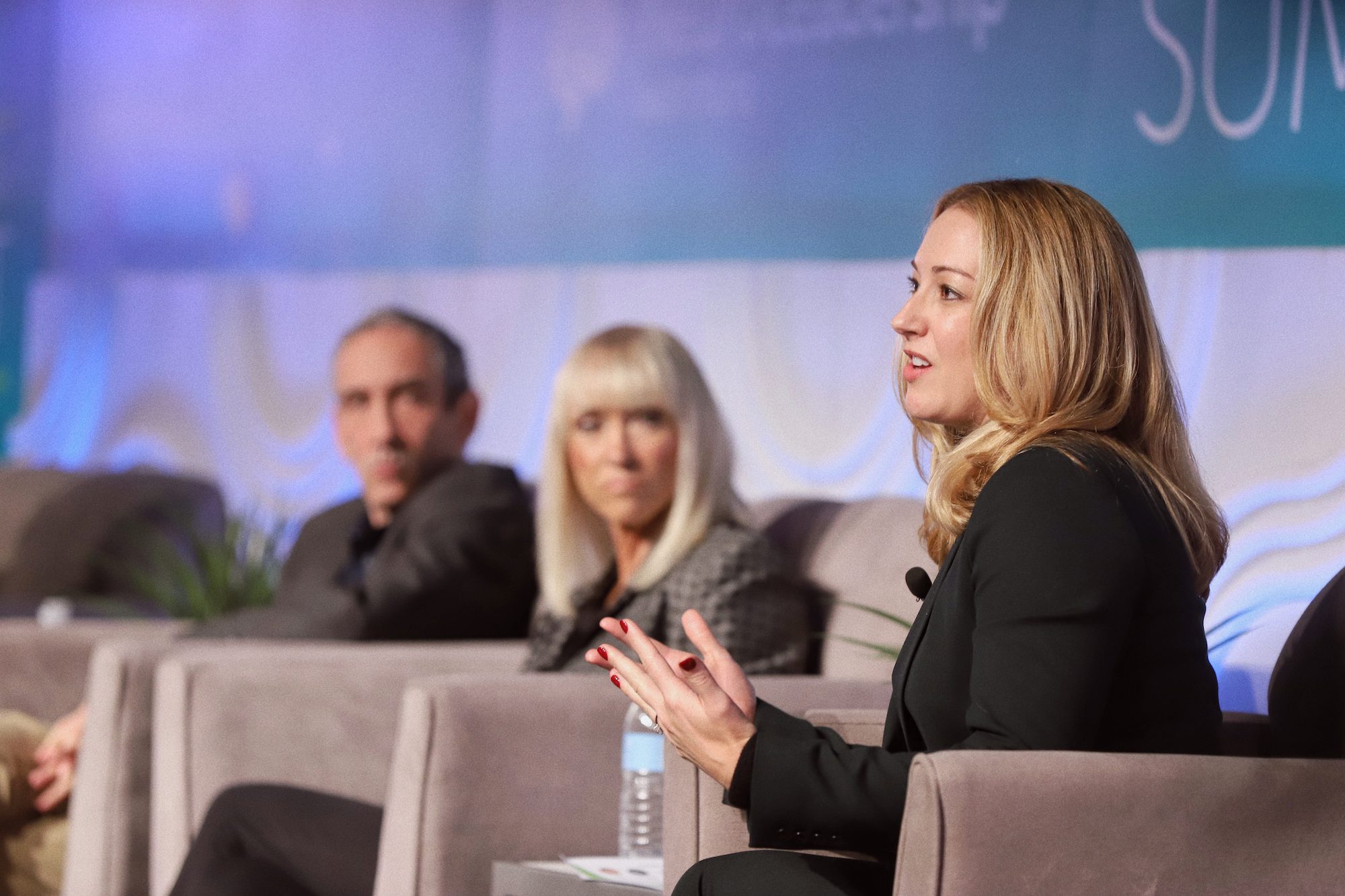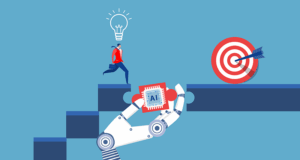NEW YORK, NY — As our working lives become more digital and technological, we may take for granted all the processes still run by us mere humans. But the truth is, a great deal of scientific research compels us to keep valuing the human.
Which is precisely why we’ve made the opening keynote session of the 2019 NeuroLeadership Summit, “Value the Human,” focused squarely on the topic. It’s all about the growing disengagement workers feel, and the ways that neuroscience and psychology can wrangle them back.
Guest speakers include author and media theorist Douglas Rushkoff, Cognizant Senior Vice President and Global Head of Consulting Chell Smith, Patagonia Chief Human Resources Officer Dean Carter, and NYU Associate Professor of Psychology Tessa West. Their discussion focused not just on what it takes to recognize the need for humanity in organizations, but the steps leaders can take to make that humanity feel alive for all employees.

Two models for human-centric cultures
At NLI, our review of the research has shown leaders can take those steps across a number of disciplines.
For starters, creating a more human organization involves leaning into the SCARF® Model, a five-pronged framework for capturing the sources of human motivation. Those include status, certainty, autonomy, relatedness, and fairness. Humans, by virtue of being social animals, are sensitive to these factors in varying degrees. We can either threaten or reward others based on our speech and behaviors.
For instance, leaders may accidentally threaten people’s status needs by failing to give them credit on a project, or by referring to them with an incorrect title. Alternatively, they may send positive status rewards by calling out a job well done in a public forum.

Leaders can also create more human organizations through a model for mitigating unconscious biases, the lenses through which humans see the world and use information to make decisions. While we may like to think thoughtful people can be bias-free, the research shows that if you have a brain, you have bias.
NLI’s solution is the SEEDS Model, a separate five-pronged framework specifically to spot bias and call it out in daily interactions. Those include Similarity, Experience, Expedience, Distance, and Safety bias. For example, a leader may look to eliminate a distance bias in meetings by calling on remote participants before asking folks in the room. That, in turn, can help boost fairness and relatedness signals found in the SCARF® Model.
As leaders look to embrace these kinds of models, they can turn their eye toward the effects they have on employees. Chances are, the shifts will be felt across teams in no time at all.
To keep up with the 2019 NeuroLeadership Summit, tune in to our official LiveStream.






